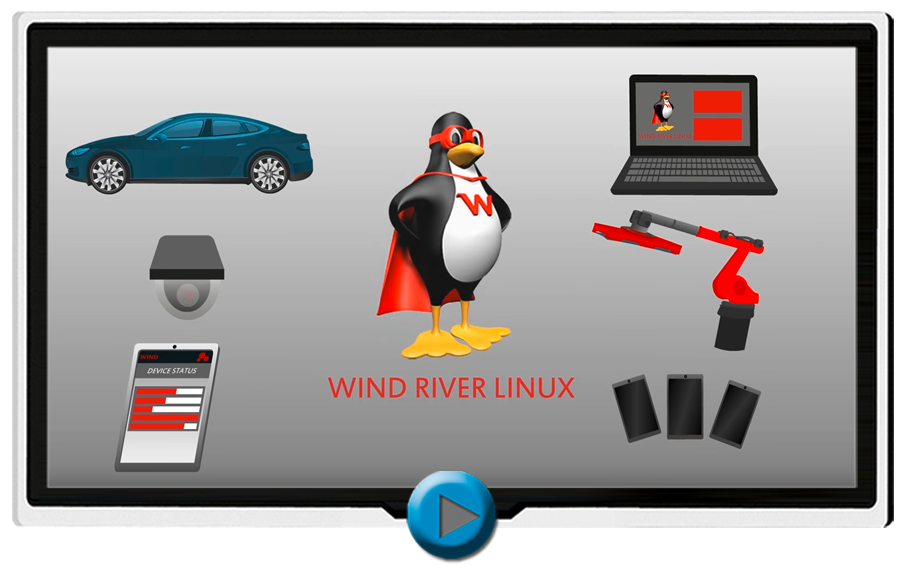The overall Linux landscape can be broken into two device target segments: enterprise and embedded. The
boundaries between Information Technology (IT) and Operational Technology (OT) are becoming increasingly
blurred. One of the benefits of the Linux ecosystem is that one size does not have to fit all, as there are many
options to customize a system for a particular market.
Enterprise-Linux
Often when people think of Linux operating systems, they are considering the enterprise Linux offerings from Red
Hat, Ubuntu, and others. The operating system vendor handles the design and compilation of the operating system
environment. The user is limited to selecting a configuration or edition, installing additional software
packages, and handling the administrative configuration of individual items. Everything is expected to be used
in a purely binary environment by IT staff and general users. Distributors often include long-term support with
the caveat that they only support certain common components, such as unmodified software and common usage
considered typical for the platform targeted toward use cases with relatively shorter product lifecycles, such
as three to five years.
There are special purpose enterprise systems designed to run general purpose components. Both Project Atomic and
Ubuntu Core use a small subset of the standard components from their base enterprise operating systems. These
base components provide just enough of an environment for an IT administrator to deploy other special purpose
software packages or containers. Often these containers are designed around providing unique services for system
users. While the core environment is special purpose, the ability to extend the system using containers provides
a general purpose behavior.
Hybrid of Enterprise and Embedded Linux
Somewhere on the spectrum between enterprise and embedded Linux sits roll-your-own, or customized enterprise
distributions. These distributions are still a fairly common way to build a special purpose enterprise or
embedded Linux system. Often they are based on a fork of a community-developed distribution. This gives users
the mistaken impression that there is a community they can ask for help, when in reality the creator of this
custom fork cannot rely on the initial community-created distribution it was derived from.




